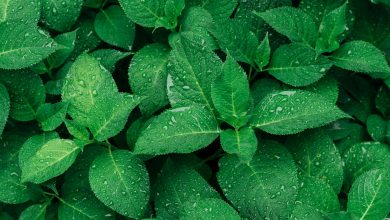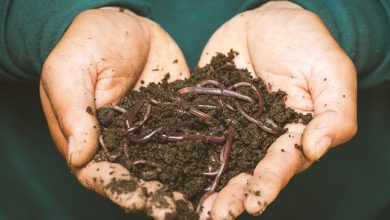Nutrition in Plants

Plants, like all living organisms, require food for survival and growth.
However, unlike animals, they have unique ways of obtaining and utilizing nutrients.
There are different modes of nutrition in plants and understanding them is essential to learning how plants sustain themselves and contribute to the ecosystem.
Mode of Nutrition in Plants
Plants obtain their food through various modes of nutrition. Broadly, these can be classified into two categories:
Photosynthesis — Food Making Process in Plants
The most common and essential process through which plants manufacture their food is photosynthesis. This process takes place in the green leaves of plants, which contain a green pigment called chlorophyll.
Chlorophyll captures sunlight, which is used to convert carbon dioxide (from the air) and water (from the soil) into glucose (a type of sugar) and oxygen. The oxygen is released into the air, while the glucose is utilized by the plant for growth and development. The equation for photosynthesis is:
Carbon dioxide + Water + Sunlight → Glucose + Oxygen
This process is crucial as it provides food not only for plants but also for other organisms that depend on plants for survival.
Other Modes of Nutrition in Plants
While most plants follow the autotrophic mode of nutrition, some plants cannot produce their own food and rely on other sources. Such plants follow heterotrophic modes of nutrition, which include:
Saprotrophs
Some plants do not have chlorophyll and cannot perform photosynthesis. Instead, they obtain their food from dead and decaying matter. Such plants are called saprotrophs, and they follow a mode of nutrition known as saprotrophic nutrition. Example: Mushrooms and certain fungi. These organisms release digestive enzymes that break down complex organic matter into simpler substances, which they absorb as nutrients.
How Nutrients are Replenished in the Soil
Plants absorb essential nutrients from the soil for their growth and development. Over time, the soil loses its nutrients, making it necessary to replenish them. This can be done in several ways:
Conclusion
Nutrition in plants is fundamental for their growth and survival. While most plants synthesize their own food through photosynthesis, others rely on alternative methods such as parasitism, symbiosis, or saprotrophic nutrition. Maintaining soil fertility is crucial to ensure plants receive the necessary nutrients, supporting life on Earth. Understanding plant nutrition helps us appreciate their role in sustaining ecosystems and provides insight into better agricultural practices for a sustainable future.






